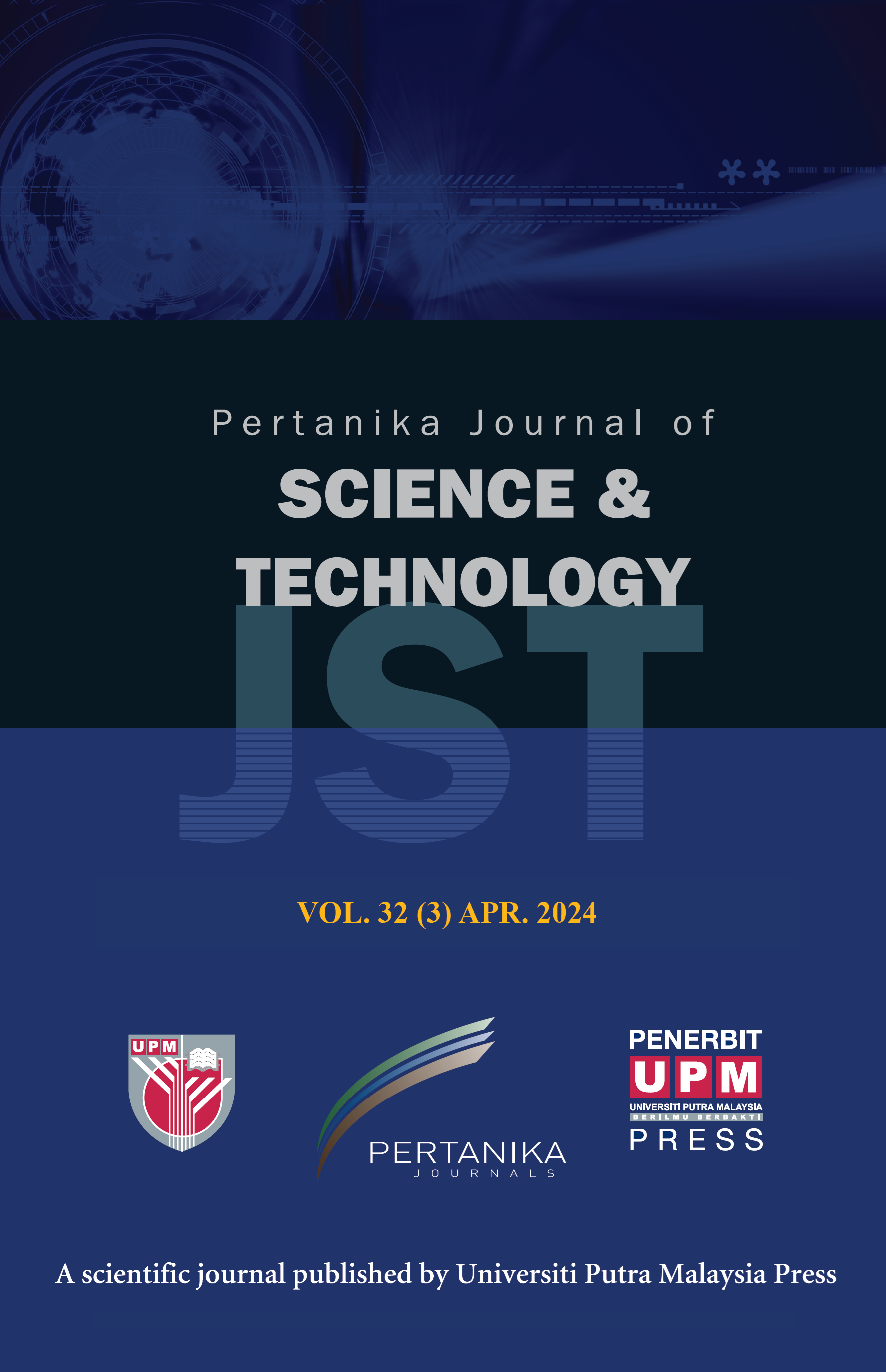PERTANIKA JOURNAL OF SCIENCE AND TECHNOLOGY
e-ISSN 2231-8526
ISSN 0128-7680
Analysis and Simulation of Temperature Reduction and Cooling Rate in Precooling Process Using Compressive Force Plate Cooler
Surya Abdul Muttalib, Nursigit Bintoro, Joko Nugroho Wahyu Karyadi and Arifin Dwi Saputro
Pertanika Journal of Science & Technology, Pre-Press
DOI: https://doi.org/10.47836/pjst.33.4.06
Keywords: CFD simulation, compressive force, meat type, precooling
Published: 2025-06-11
In the precooling process of meat and fish using flaked ice, the product temperature decreases slowly due to insufficient contact between the cooling medium and the product. This study aimed to analyze the effects of meat type and compressive force level on sample temperature and cooling rate, as well as to conduct simulations using Computational Fluid Dynamics (CFD). Three types of meat samples, namely chicken, beef, and tuna fillet, were examined under three levels of compressive force: 0 N (control), 980 N, and 1960 N. The results showed that compressive force, meat type, and interaction significantly influenced the cooling rate and final sample temperature (p<0.05). During the initial phase of the precooling process, the average cooling rate of chicken increased by 169.2% and 391.0% compared to the control under compressive forces of 980 N and 1960 N, respectively. Similarly, the cooling rate of beef increased by 113.1% and 268.3%, while that of fish increased by 60.7% and 274.2%. The final temperatures of chicken, beef, and fish samples decreased by 41.7% and 79.0%, 22.8% and 76.0%, and 56.8% and 85.7%, respectively, under compressive forces of 980 N and 1960 N compared to the control. CFD simulations accurately predicted the final sample temperature, with an average R2 value of 0.82, RMSE of 0.28, and MAPE of 2.33%.
ISSN 0128-7702
e-ISSN 2231-8534
Share this article

